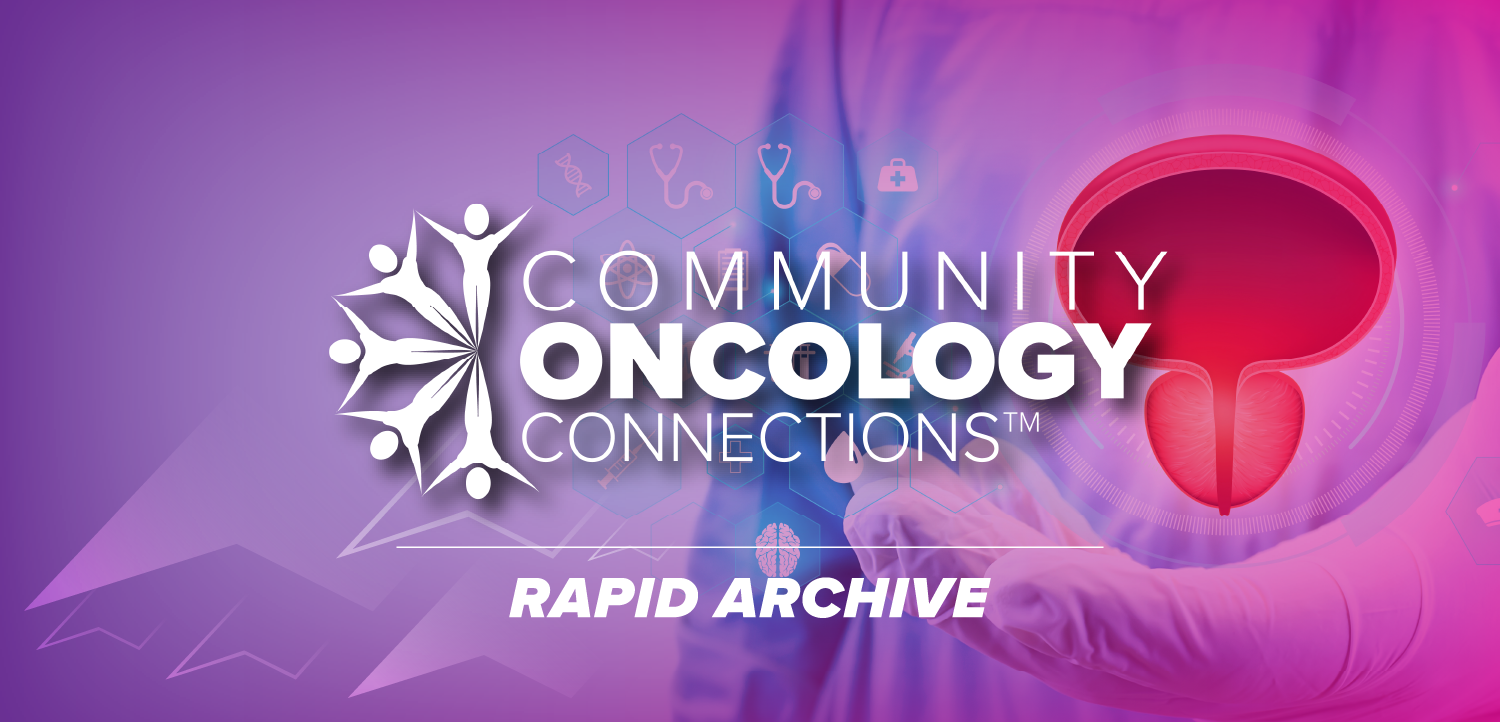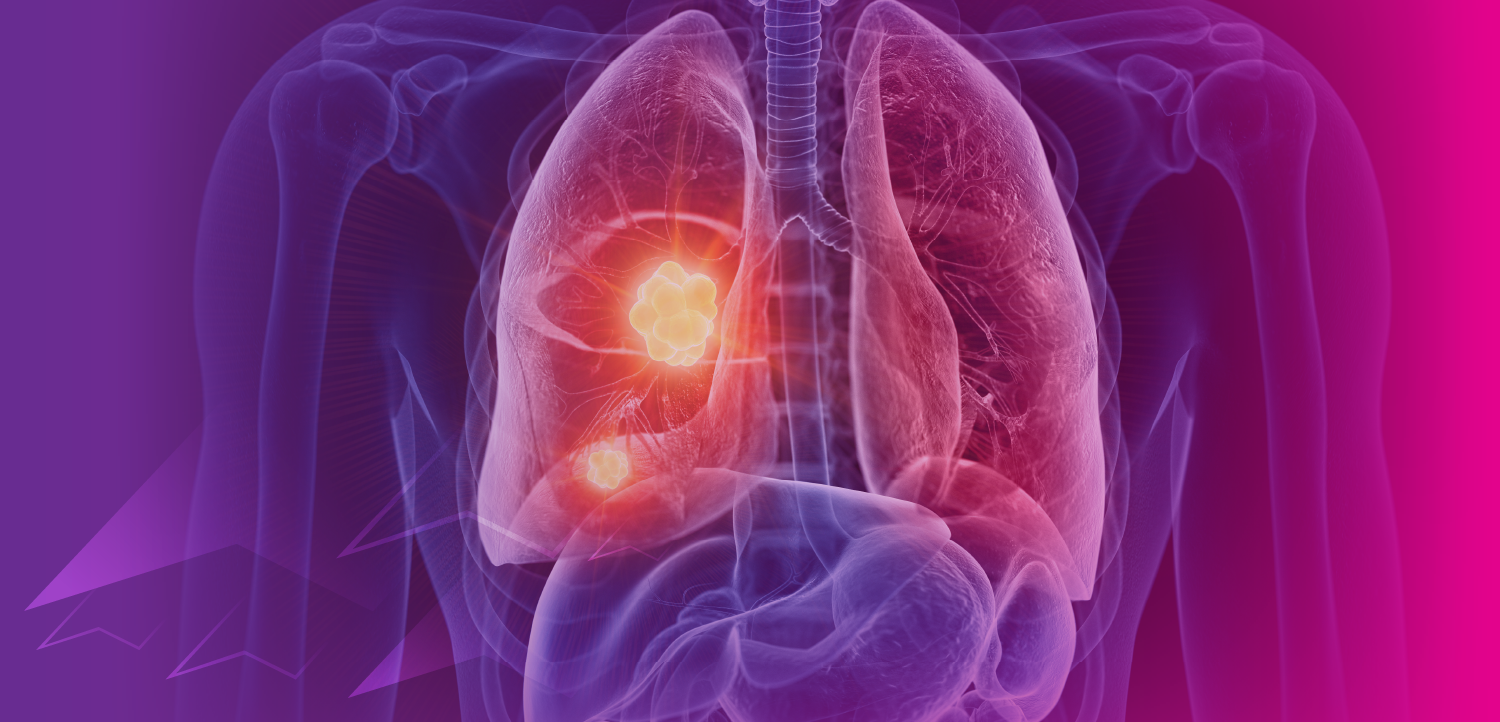Radiology for everybody
An interesting aspect of the ECR is the presentation of the diversity of the field. A wide range of topics is covered, from cutting-edge technology to bread-and-butter radiology. The amount of information is overwhelming. On Saturday Gustav von
An interesting aspect of the ECR is the presentation of the diversity of the field. A wide range of topics is covered, from cutting-edge technology to bread-and-butter radiology. The amount of information is overwhelming.
On Saturday Gustav von Schulthess talked about "Molecular imaging at its best," and on Monday he will continue a session on PET/CT fusion imaging. Molecular imaging and image fusion have been buzz words for several years now. Not many people know what molecular imaging really means; therefore, the workshop on molecular imaging was an excellent introduction to the topic, with an emphasis on the current state of the art and future prospects.
One way to do molecular imaging is to use hybrid PET/CT machines. These systems still perplex me. Combining what used to be two completely different technologies and exploiting their synergies is a baffling development. However, the result is the often stressed one-stop shop for the patient.
It seems that once again diagnostic pathways in cancer detection and treatment monitoring will change. PET/CT is claimed to improve everything substantially: sensitivity, specificity, efficiency, and diagnostic accuracy. In addition, it is cheaper. Some speakers can be very persuasive. The data look promising.
A different world opens in the entrance area of the congress. Harald Østensen and the WHO team of Diagnostic Imaging and Laboratory Technology (DIL) respond to completely different needs. They help develop educational material and design training courses and workshops tailor-made to the needs of small and midsize hospitals in countries with sparse resources. This does not require "great science," but does call for great enthusiasm and persistence.
One of the main objectives is to train local trainers according to local needs. The description of these efforts is given in dry words, but I always admire people who get involved in helping others - sometimes on a shoe-string budget.
Østensen is grateful that the European Congress of Radiology has generously granted and facilitated this year's WHO exhibition of its current activities in the field of diagnostic imaging. This, again, is a nice aspect of the meeting and its organizers. There is little money and thus hardly any commercial interest in low-level radiology. However, the two general-purpose x-ray machines manufactured according to the WHO specifications, the World Health Imaging System for Radiography (WHIS-RAD), are exhibited here. Go and look at them. Life and radiology are different elsewhere.
Question of the day: Are refresher courses really refreshing?
Newsletter
Stay at the forefront of radiology with the Diagnostic Imaging newsletter, delivering the latest news, clinical insights, and imaging advancements for today’s radiologists.





























